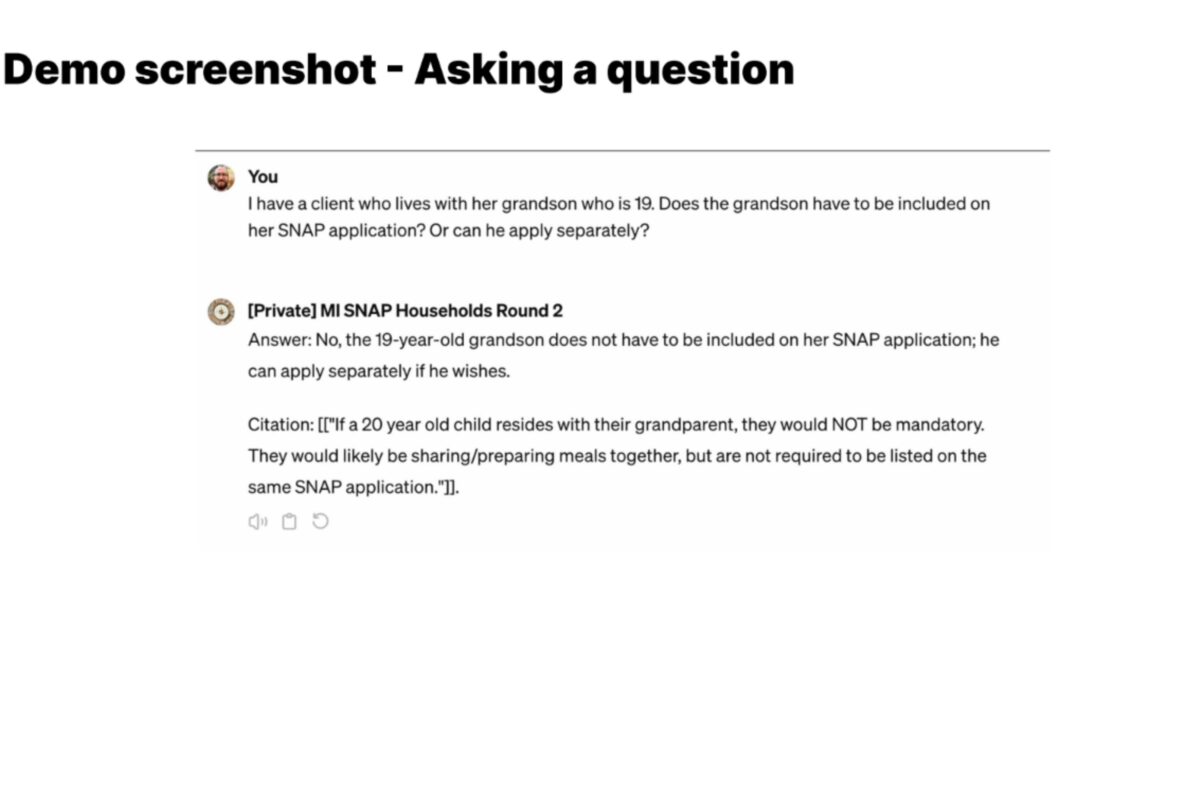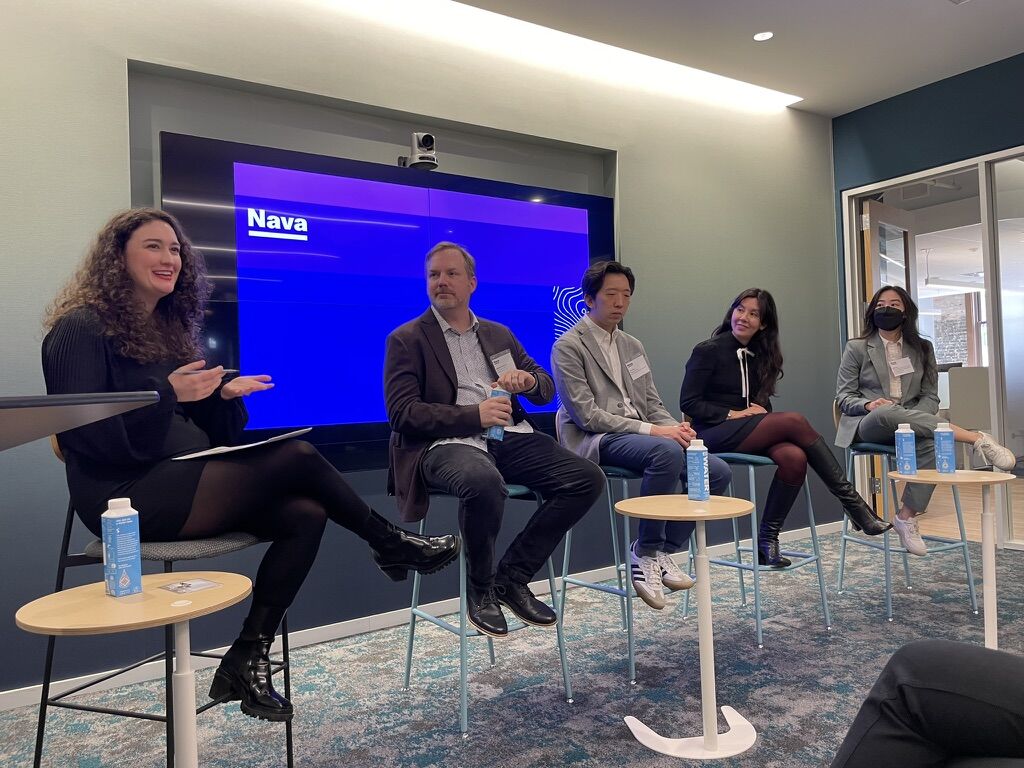As case managers and social workers deal with being overworked and understaffed, a DC-headquartered company is trying to make their lives easier.
Nava PBC, a software development and public benefit corporation, has a $3 million partnership underway with Benefits Data Trust, the Gates Foundation and Google to explore how artificial intelligence can help people enroll in government assistance programs like the Supplemental Nutrition Assistance Program (SNAP) and Special Supplemental Nutrition Program for Women, Infants and Children (WIC).
Nava works with federal, state and local government agencies to try and make signing up for public benefits more accessible. Benefits Data Trust, a nonprofit organization based in Philadelphia, has a similar mission: It provides individual assistance to people opting into benefits and researches the effects of this access, for example.
Nava leaders discussed the project at a recent online event on April 25, where staff outlined their research and experimentation with predictive and generative AI tools for caseworkers, healthcare workers, and others to help families find and enroll in public assistance programs.
This AI project, initially announced in February, aims to simplify the work of “navigators” — a catch-all term Nava uses for caseworkers, social workers and other staff helping people explore and register for government benefits, according to Nava Partnerships and Evaluation Manager Martelle Esposito.
“We started chatting about the potential to work together to bring together the delivery expertise, the technology expertise, the human-centered design, agile practices, [for] solving some of these benefits navigation problems,” Esposito said.
These issues include dealing with massive amounts of documentation. The research team is looking into how to streamline paperwork so staff can spend more time with clients. The desired end result of the project is to use technology to help workers do their jobs better — and not replace them.

An example of what the new AI-powered tools could look like. (Courtesy Nava)
“This is a really tough job, so how could we make it easier?” said, Genevieve Gaudet, Nava’s director of design for research and development.
The project focuses specifically on early childhood safety net programs like WIC, SNAP and the National School Lunch Program. It’s located within Nava Labs, the company’s research and development arm that experiments with new technologies to change government policies and practices.
Right now, Nava is working with generative and predictive AI. The project is in the prototype phase and aiming to get to a pilot phase this fall, Gaudet said.
The hope is to provide a blueprint for responsible use of AI within the government, Esposito said.
Benefits Data Trust, one of the project’s partners, houses several call centers throughout the country that help residents access services like food assistance and healthcare. The idea for the project drew some inspiration from these call centers and the want to reduce wait times for people to get on the phone with a specialist, Esposito said.
One of those call centers is based in Maryland and works in partnership with the state’s Department of Human Services. The research team has made a point of talking to folks working in the public benefit sector to better understand what would most serve them, Esposito said. It’s also spoken to Maryland Hunger Solutions and DC WIC.
Esposito noted that she and the team are open to other forms of artificial intelligence and technology to make navigation simpler, too. She described this as a learning project and noted AI may not be the answer.
“They’re [the research team] still in the experimentation phase of trying to vet, where does AI make sense?” Esposito said, “versus just trying to retrofit AI into being a solution for every problem where it may not actually be the best application.”
Join our growing Slack community
Join 5,000 tech professionals and entrepreneurs in our community Slack today!
Donate to the Journalism Fund
Your support powers our independent journalism. Unlike most business-media outlets, we don’t have a paywall. Instead, we count on your personal and organizational contributions.

Half of Pennsylvania’s federal buildings are set to be sold under Trump admin plan

RealLIST Startups 2025: Meet 20 Philly startups hot on the track to success

RealLIST Startups 2025: 16 early-stage Pittsburgh companies poised to make a difference



